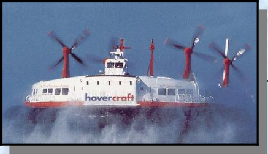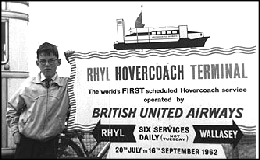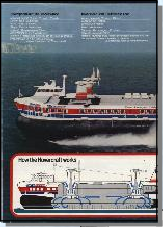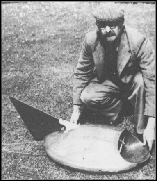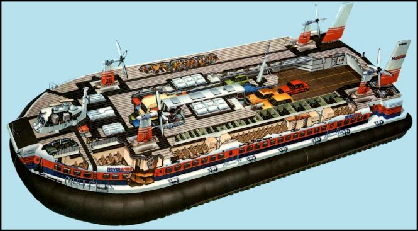




12th November 2010
Engineers & Engineering
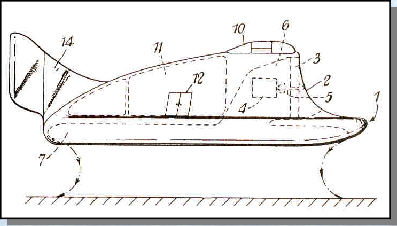
Is it a plane ? – Is it a boat ? – No it’s a hovercraft … Christopher Cockerell’s main problem might be said to have been the material from which the ‘skirt’ was made – although in actual fact the skirt on the craft was added to later designs. Cockerell’s idea was the result of experiments with food-tins and of his noting that pressures could be increased by restricting the channel down which the air was forced.
The thinking had begun through his interest in boats and his understanding that friction would be less if a boat travelled through the water with a layer of air between hull and water.
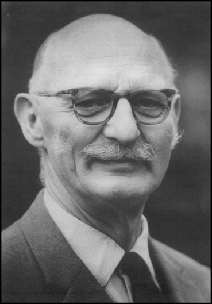
His experiments led to the cushion of air beneath the vessel and his patent in 1955. Such a dramatic innovation would clearly have military implications and the law of patent allows individuals to protect their idea unless it is in the national interest that it remains secret – possibly for future military use. This led to a delay in Cockerell continuing with his development of the idea. In recent years it has become known that an American Charles J Fletcher, had developed an inflatable skirt craft and might more correctly be identified as the originator of the concept. The Hovercraft prototype crossed the English channel four years after the patent had been filed and later went into commercial service ferrying passengers from the UK to France. It is an interesting ride in rough weather – particularly good fun if you like fairground rides ! The first Hovercraft service for passengers was from the Wirral; across the broad estuary (Near Liverpool) to Rhyl in North Wales.
A knowledge of material strengths and their durability in service is essential for an inventor / engineer and given a new form of ‘aircraft’ new materials become essential. In the 1950’s material technology was stretched to the limit in developing a flexible material that would withstand the wear and tear of running across rough surfaces. Damage was even done to the hull on one of the early flights through Prince Phillip’s piloting of the craft on a special trial run – at too great a speed into seas that were a little heavy.

